West Yorkshire Spinners – a very modern mill
Back in May this year, I started – and finished – a pair of socks in one of the new cocktail colours from West Yorkshire Spinners. I chose their Rum Paradise colourway because I couldn’t resist the bright rainbows and they were a joy to knit.
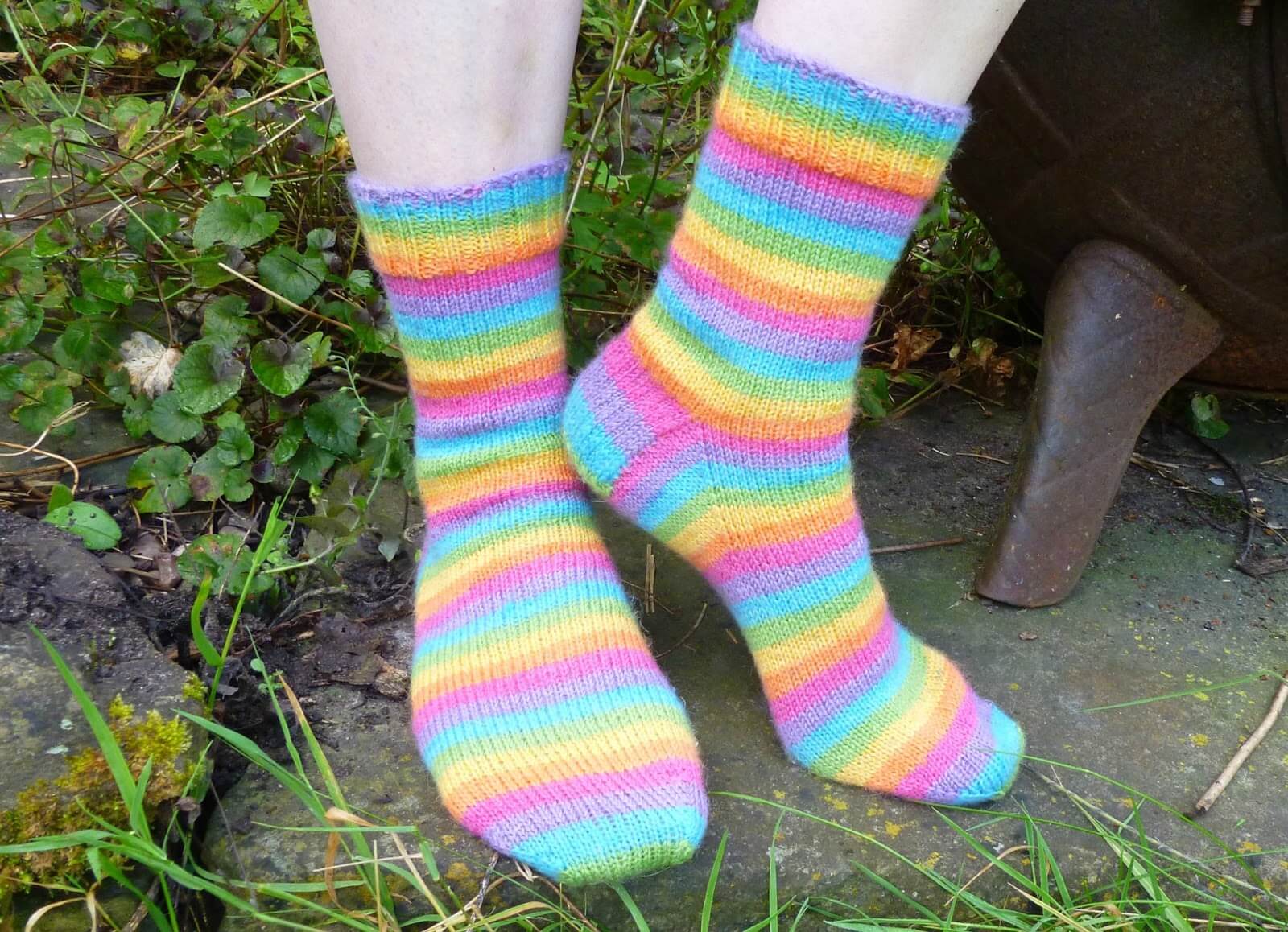
The stripes were easy to match (perfect for beginners, in fact!), the yarn was smooth and slipped easily around my needles, and there was something really addictive about watching the rainbow grow along the shape of my sock. (Love the yarn too? You can view their list of stockists here.)
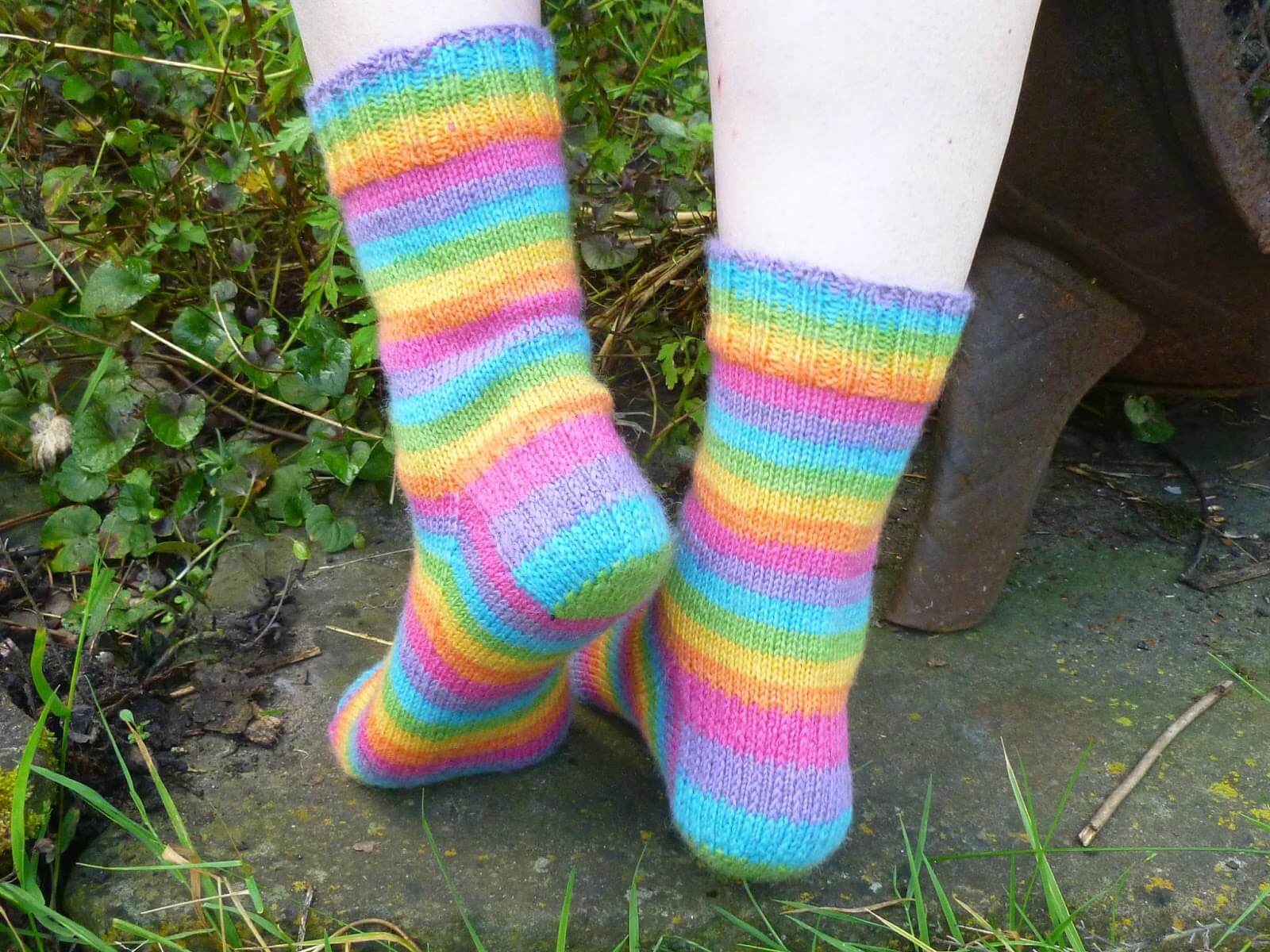
What also impressed me is that West Yorkshire Spinners produce yarn from British sheep. I’ve long been a fan of supporting local businesses and buying yarn that supports our British farmers ticks that box for me. Think yarn miles instead of food miles! I’m also fascinated by where things come from and how they are made because I think that gives you a deeper connection to whatever it is (it’s why I loved doing my Classical Studies MA so much, and now the researcher in me has been unleashed, it’s hard to stop!) so I don’t need to tell you how delighted I was when the lovely people at West Yorkshire Spinners said I could go up to see how their mill turned wool into yarn. Do you want to come with me? Get ready for lots of photos because you’re coming on a tour!
It was incredibly hot here in the UK last week but luckily, last Thursday when I drove up to the mill at Keighley in West Yorkshire it was a bit cooler. I had visions of the place being hot, smelly and noisy so the thought of baking temperatures as well made me a little apprehensive as to what I was going to experience. What do you expect a spinning mill to look like? An old multi-storey building with uneven wooden floors and machinery so loud that you have to resort to sign language to understand what’s going on? If so, then like me you’ve probably visited too many National Trust properties because it was nothing at all like that! This is what I saw when I drove into the car park …

The mill is housed in a modern warehouse on a modern industrial estate. Nothing dark or Satanic about this place, and no clogs or uneven wooden floors in sight either! In fact, the inside of the mill is bright and airy, bales of fleece and yarn wherever you look and surprisingly, not nearly as noisy or smelly as I expected. I thought at least there would be a sheepy aroma, but it was more of a soft machinery smell, not unpleasant or unbearable. The workers all use ear plugs but for my tour, it was perfectly manageable without them – which of course meant I got to ask lots of questions!

I met up with Peter, the Managing Director, Richard, the Sales & Marketing Director and Marketing Executive Emma (all these people to show me round – I felt very honoured!) who knew the answers to all of my questions and answered those that I didn’t think to ask as well. Peter and Richard are a father and son team who intend to see the WYS British yarns range grow substantially over the next few years. Peter’s focus is on technology, bringing young people into the business to ensure the traditions and skills are not lost, and on development of the products. He’s been in the yarn business for so long that I wouldn’t be surprised to discover that there’s wool flowing through his veins!
West Yorkshire Spinners (WYS) have been spinning yarn for export for many years, but in 2012 they decided to produce their own yarn using British wool. At the moment, they produce Signature 4ply, Illustrious and Aire Valley DK, Aire Valley Aran and a range of 100% Blue Faced Leicester yarns which are available in 100% natural undyed on hank and also as a collection of dyed shades on the ball. They also offer other undyed yarns available for hand-dyeing, but their plan is to extend this range in the near future to suit the demands of their customers. One of the things that I discovered during the day is that WYS are very focussed on what their customers want. Their range may not be huge at the moment but it is very popular and has a wide variety of colours within the yarns that they do produce – but more about those colours later!
This is how Illustrious DK yarn starts its life. It’s been injection-dyed to give it an even colour and is ready to begin the process that turns it into yarn. Illustrious is 70% Falkland Wool (if you remember when I wrote about my Peru socks, the Falkland Islands are still classed as part of the UK) and 30% British Alpaca. The processes that it will go through after being dyed are drawing, spinning and twisting …

and this is the end result. It’s like magic!

Source: West Yorkshire Spinners
That makes it all sound very simple but of course it is a hugely technical process with no magic involved at all. Would you like to see? Come on then!
The wool that is brought into the mill started out as fleeces which have been scoured (cleaned) at nearby Haworth Scouring (there’s a great article on Haworth Scouring in The Knitter, issue 100). Once at the mill, this is the first of the processes that the wool will go through and it is called drawing. We’re going to follow this yarn to the point where it can be spun; it’s going to be a sock yarn (they must have known I was coming!) and is for export to Scandinavia. It’s going to be a light grey yarn (WYS produce four shades of grey for export, this will be the palest) and instead of being dyed after it’s been spun or injection dyed like the Illustrious, it’s created by blending in the colour at this point. Can you see that the bags contain different colours? The white is nylon to make the yarn more hard-wearing, the cream is undyed wool and right at the back of the picture is a bag of black wool.
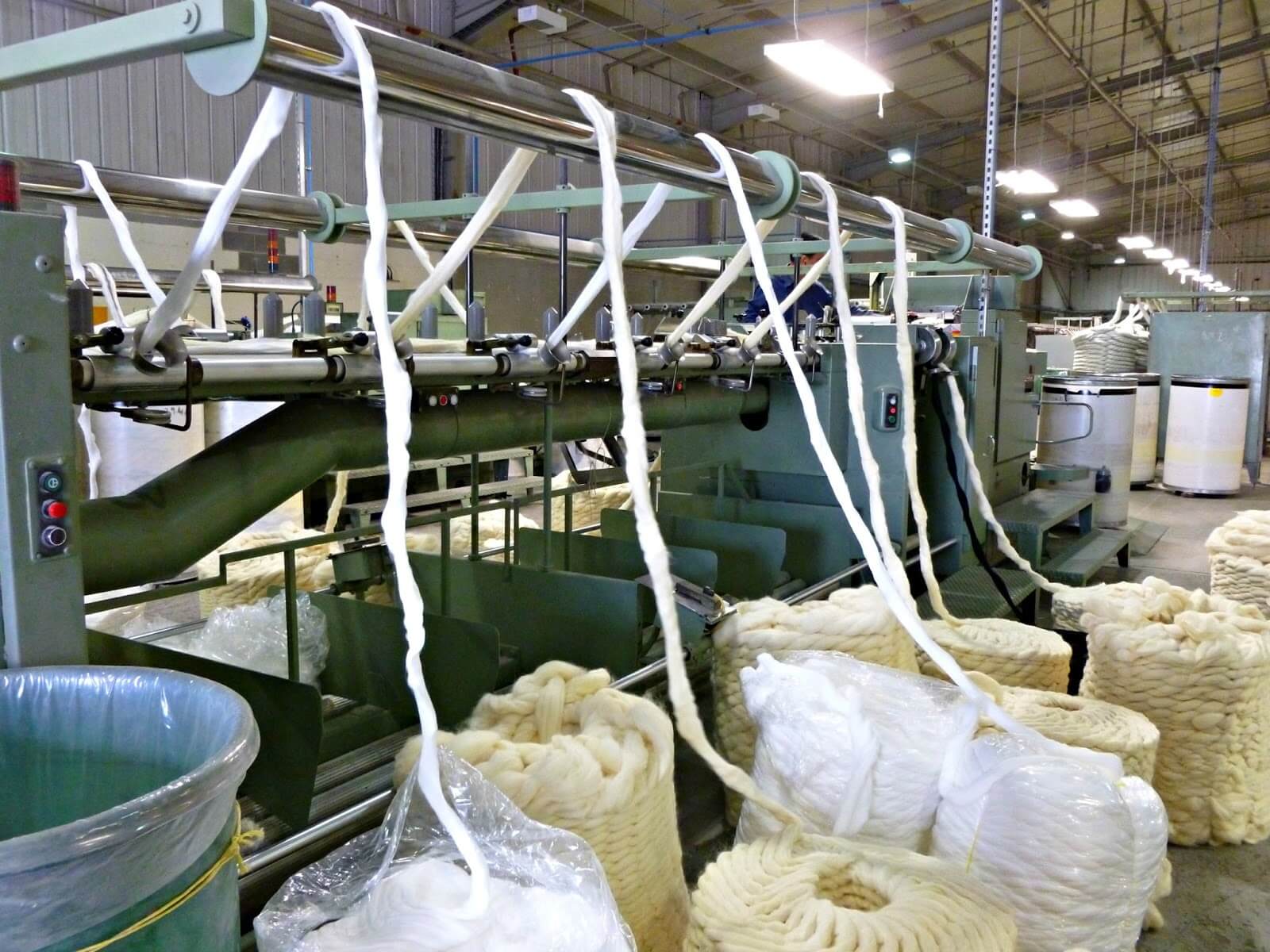
You can see it more clearly in this picture here. This wool has been dyed this colour (like the pink Illustrious), and just this one bag will be enough to create a pale grey yarn when it’s mixed with the undyed wool.

The machine pulls all the thick strands of wool (known as “tops”) into one big strand and as it goes through the square part of the machine that you can see on the left (with the orange light on top), it is combed to make sure that all the wool fibres are lying in the same direction. This is what makes the yarn stronger and smoother; it’s known as Worsted Spinning and you don’t get the itch factor that those of us who remember having “proper” wool jumpers knitted for us as children never liked!

Finally, the wool comes out of the other end of the machine through what looks like a tap and it is “poured” into huge containers at the bottom which are automatically moved around as the containers become full. (Yarn on tap, imagine that! 🙂 )
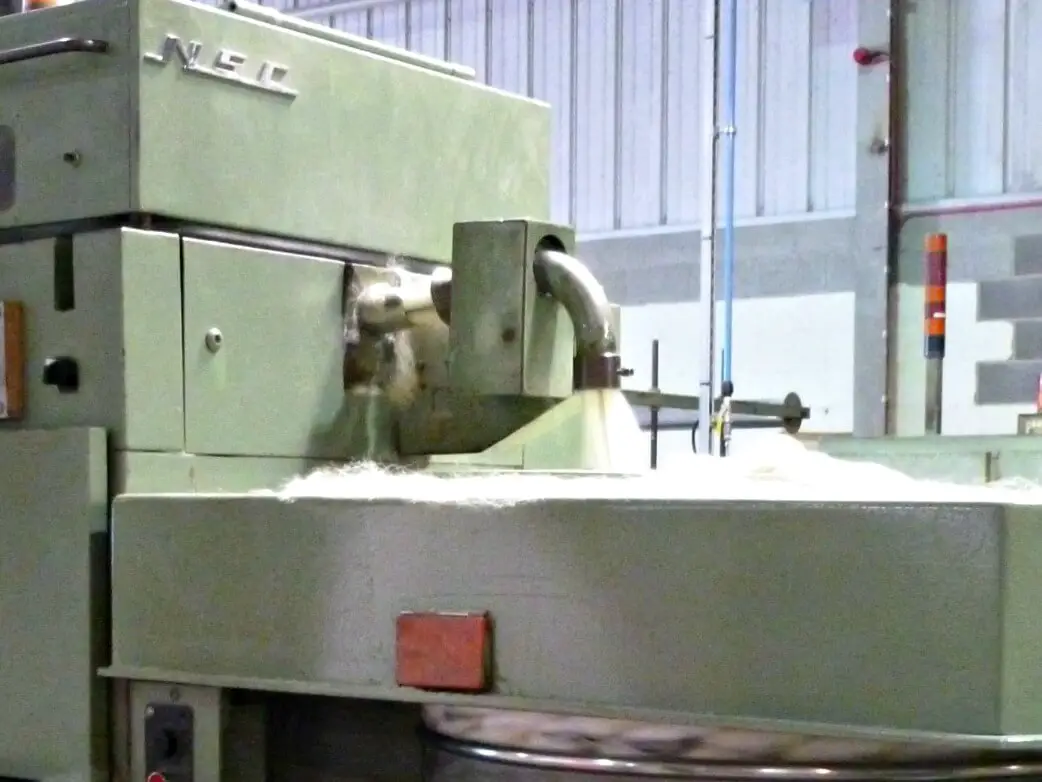
So after the first run (called a “preparation”) through the machinery, this is what has happened to all those bags of tops. They’ve started to blend together and you can see that the black has already started to break up and blend with the undyed yarn.

There are four preparations before the wool is ready to be spun. If you think that the wool in the containers started off as all those separate bags in the first picture, you can see just how much of it is spun here. Peter estimates that around 750,000kg of wool will pass through the mill next year to become yarn that will be sold all around the world. Now that is a lot of wool!

This is what the wool looks like just before it is ready for spinning. You can see that it’s a pale, even grey colour and it looks like rope or maybe plaited hair. It’s the softest rope you’ll ever touch and I’m thinking that even Rapunzel couldn’t match this! (Yes, I did do a lot of wool and yarn stroking; it would have rude not to!)

After the drawing process comes the spinning. Here’s the Illustrious wool again (there’s always more than one yarn being processed at the same time) being spun. You can see the wool coming into the machine at the top …

and here it is as yarn on the spindle at the bottom. It’s really quite incredible, and it all happens so fast that one minute the spindle looks empty and the next it’s full of colour.

More spinning machines, this time producing another export yarn. This one is spinning a blend of Norwegian and British wool. The British wools that aren’t from a specific breed are a blend of breeds that have the same wool characteristics; often this happens when there isn’t enough of one breed to produce a whole batch, or if the wool would perform better if mixed with another similar type of wool. WYS use single breed Falkland wool to produce Illustrious, Jacobs and Wensleydale which can be used for hand-dyeing and Blue Faced Leicester which is used on it’s own and also blended with their own sock yarns (sorry, 4ply – I must remember that you can use it for garments other than socks!) to provide extra softness. All the single breed wools that come into the mill can be traced back to the farms where they have come from.

This is what happens to it next. It goes through another process, and I think of all of the ones that I saw in the spinning mill, this one was my favourite. The spindle goes into the bottom of the machine, the yarn passes through the machinery and is wound onto the cones at the top.

Now here’s the really clever bit. This part of the machine is quality checking the thickness of the yarn with a laser and if it finds something not quite right, it will cut and splice the yarn to fix the problem and ensure that there aren’t any knots or slubby bits. Nifty, eh?

It’s all moving so fast that it takes your eyes a moment or two to see what it’s doing, so I’ve marked this photo to make it a bit easier. The machine very obligingly cut and spliced the yarn whilst I was watching it; the whole thing was done in the blink of an eye. Nobody likes knots in their yarn but yarn does have to start and end somewhere – it’s impossible not to have any knots but WYS work very hard to minimise the number they do have.

Next, this single strand of yarn is plied together with other single strands to make up the right weight of yarn.

If you look closely, you can see that there are four strands in this yarn.

It’s still not quite ready to be turned into balls – you couldn’t knit with those strands so loosely plied together, so the next process is twisting the yarn to turn it into one single strand. As the yarn is pulled upwards from the bottom, it’s twisted as it is wound onto the next cone. This is yet another yarn being processed; there’s never any wasted time here whilst you wait for one process to finish as there’s always something happening on every machine.

This machine looks like a top-loading washing machine, doesn’t it?

This rather fuzzy picture is what the twisted yarn looks like before it heads off to be put into individual balls. Each one of those cones is 7kg so each one will produce seventy 100g balls. The mind boggles when you think about how many balls of yarn this is going to become, doesn’t it?!

The balling process happens at the dye house which is a short distance away, so we hopped in the car to see what went on there. Before we left the mill, though, there was time for a quick squish of this. This is 100% undyed Blue Faced Leicester and boy, is it soft! I think I could quite happily have stayed squishing this (or perhaps getting into the container and snuggling it) for a very long time!

Now, if you’ve been following my posts you will know that I’m really interested in the idea that you can create strong sock wool without nylon. I asked Peter about this as I know that Blue Faced Leicester is a long fibre which, in theory, can create a yarn strong enough for socks without any additions. He told me that to do that you would need to put a very high twist on the yarn to stop it wearing, but the higher the yarn twist, the less soft it becomes. He prefers to add nylon to the WYS yarns because then you can still produce strong yarns and not lose any of the softness of the wool, and because Signature 4ply isn’t just for socks (really?!) then it’s important to retain the softness for garments that will be worn next to your skin.
Over at the dye house, one of the first things that I see is my very favourite WYS yarn – it’s the Rum Cocktail! It seems quite incredible to me that it is just here in these huge baskets in the biggest hanks I’ve ever seen.


There’s more of it here, along with other cocktail colours, wound onto huge cones. I know what you’re thinking and no, they are far too big to disappear out of the mill under your clothes 🙂

The dyeing process is one that WYS want to keep close to their chests, so there aren’t any photos of how the yarn is dyed, but I can tell you that it is printed with rollers on machinery controlled by a computer programme which makes it the most precise yarn dyeing process anywhere. I actually saw the Rum Paradise yarn being dyed – it looked like seaside rock!
Sarah is the dye house manager and the talent behind the colours and
yarn patterns. She chooses the colour palettes, dyes samples and knits them up as swatches to see how they are going to turn out as the finished product. For someone with an eye for colour, it’s a dream job! Sarah’s already working on new colours and designs for Spring/Summer 2017, and like other yarn producers, WYS also visit the big yarn and fashion events here and abroad to guide their production decisions. Yes, I may have had a sneak peek at what might be coming up, and no, I can’t tell you – but I think you’ll love them!
The dye lab where all the colour magic takes place is right in the dye house where Sarah can keep an eye on what’s going on whilst she works on her new projects. She keeps meticulous records of how she has created each colour and how much of each colour is to be used in each dye run. The amount of dye used in each run is carefully controlled so that there is no waste and there is rigorous control over how much energy is used in the processing too.
Once the yarn has been dyed, it needs to be steamed to set the dyeware and ensure there won’t be any colourful washing machine accidents in the future. The yarn is then scoured and washed to remove any excess dye that might remain, spin dried in the biggest spin dryer I’ve ever seen in my life and then gently dried. The spin drying process also helps to reduce the amount of time that the yarn needs to spend in the dryer – better for the yarn and better for the environment!
The yarn is nearly ready to be wound into balls, but before it gets to the balling machine, there’s one last process. All of the washing and drying has left it rather flat so it goes through another steaming process to fluff up (loft) the yarn. The yarn goes in flat and comes out looking just like the yarn that you buy in the balls.
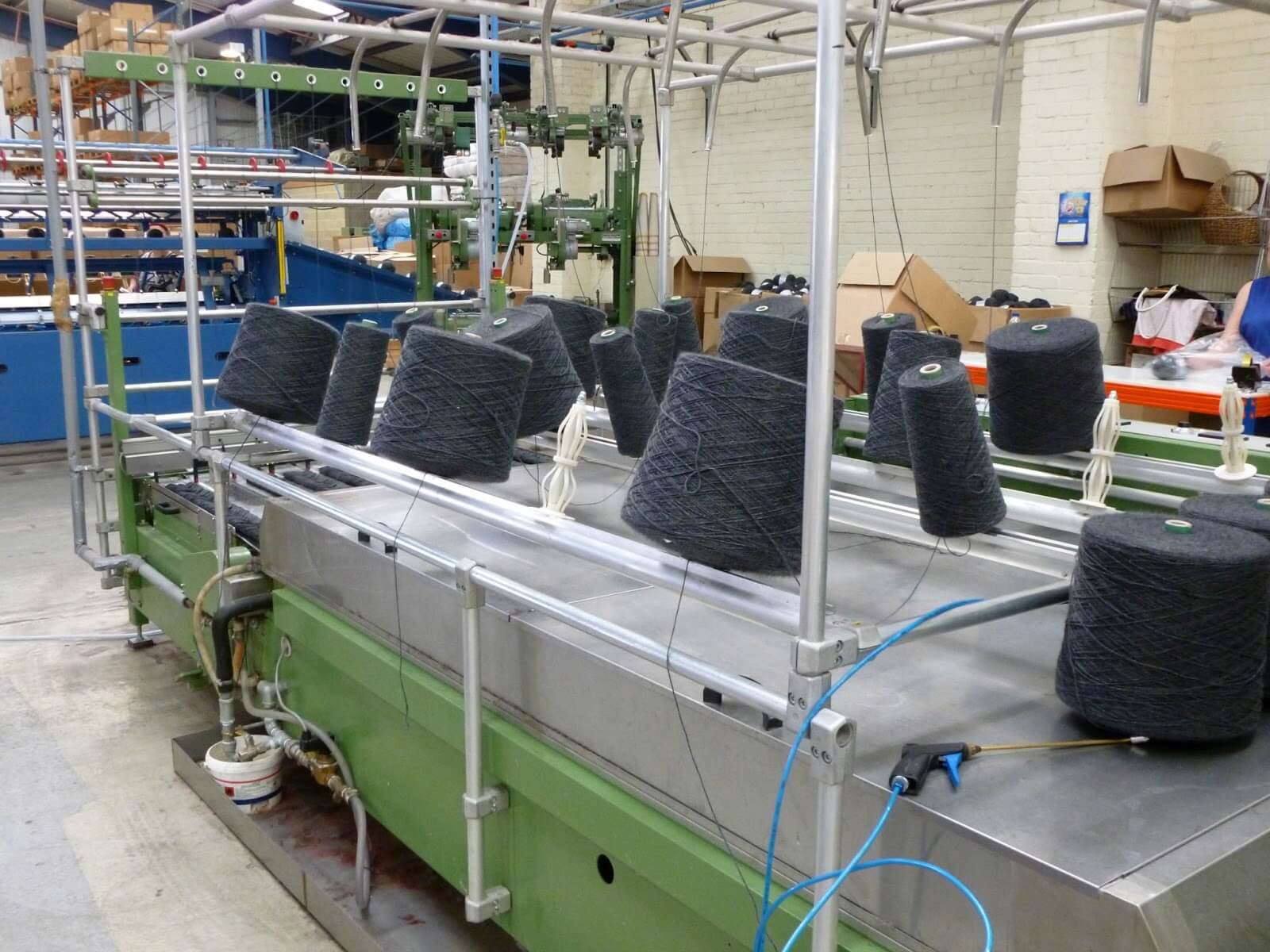
I thought it looked a bit like a conveyor belt of cakes, but it was getting near to lunch time … 🙂

This is how the balls of yarn are made. The ball bands are put onto the holders at the top of the machine …

The balls are wound at the bottom of the machine (you can see how fast this is by the blur in the photo!) …

And then the balls are slotted upwards into the ball bands and onto a conveyor belt which carries them off the machine to be packed.

I think it’s quite amazing that machinery has been developed which does all of this. Yes, it does mean that less people are involved than in days gone by, but life is different now and to survive in business often means automating processes that were once done by hand. However, the really important stuff, such as choosing wool blends, knowing how to handle fibres and what makes them work for knitters, and putting together colours and textures that we want to knit with requires more than just automated intelligence; knowledge, intuition and even emotion are all necessary components and that’s something that no machine can replicate.
Back at the spinning mill, we took a quick look upstairs at the showroom. Being rather sock-focussed (allegedly – I still maintain that socks are the way to go!), I hadn’t realised quite how many yarns WYS produced, or in so many colours – it’s always lovely to see yarns in rainbows, isn’t it?
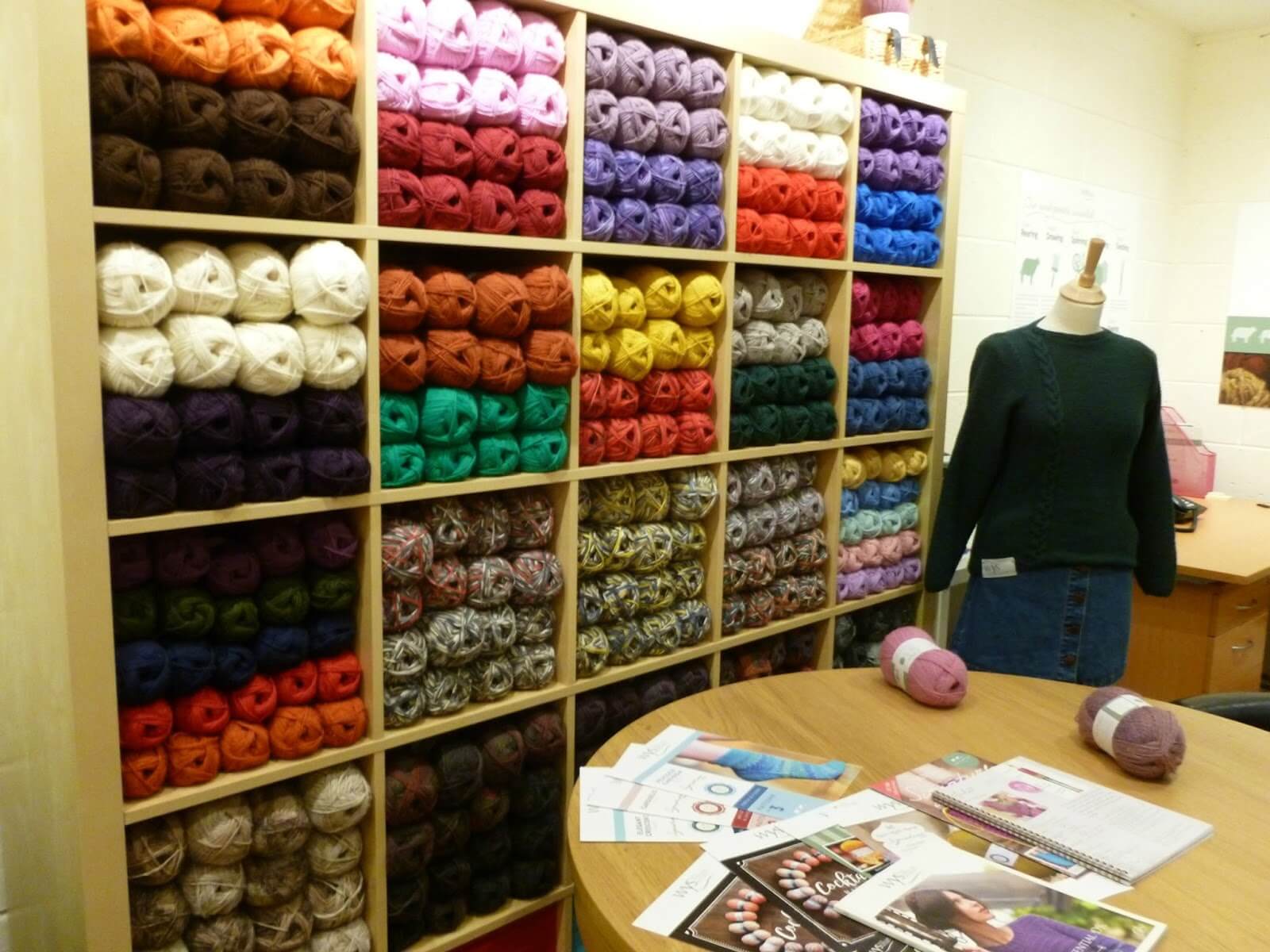
These are some of the sock yarns with the complimentary solid colours; as much as I like both the British birds and cocktail Signature 4ply colours on their own, they do look great when matched with one of the other shades.

I also liked that their latest Illustrious pattern book is spiral-bound making it easier to hold flat when you’re working from it (I know that a few people have taken my Super Socks book to be spiral bound at stationery shops and I think it’s a great idea), and conscious of the price of a pattern book, WYS have also added other articles to the book to give it more of a coffee-table book feel. WYS don’t have any in-house designers either, preferring to use outside designers both new and established so that they can offer a wide range of styles to suit all tastes. It’s another example of how their customers are a part of everything that WYS are doing. I like it.

Phew – are you puffed out now? This has been another long post (I think this is turning into the Year of the Long Post!) but I wanted to show you as much as I could because I think it’s great to have the opportunity to see where that ball of yarn in your hands came from. I think you appreciate things more when you see the work that’s gone into getting them from raw materials to the finished product – I know that I certainly take my time reading knitting magazines now rather than flicking through them after seeing what goes into producing every issue!
Before I left, I was asked if what I had seen was what I had expected. I had to think about this – as far as the yarn spinning and processing when then no, I had no idea of what to expect as my only experience of this sort of thing has been at something like a National Trust property; but also I hadn’t expected the people I met to be quite like they are either. After all, I’m just a Mum who knits and writes (rather obsessively sometimes) about socks, but I felt very welcome and I very much appreciated their openness in talking to me and showing me around their mill. I found Peter, Richard and Emma to be friendly and customer-focussed, with a passion and enthusiasm for what they are doing and for keeping the spinning business alive and passing it on from one generation to the next. I have no doubts at all that I’ll still be knitting socks with WYS yarns for many years to come.


A massive thank you to Peter, Richard and Emma for taking time out of their day to show me around the WYS mill and dye house – I loved every minute of it! And thank you also for the yarn – I shall certainly make good use of it!


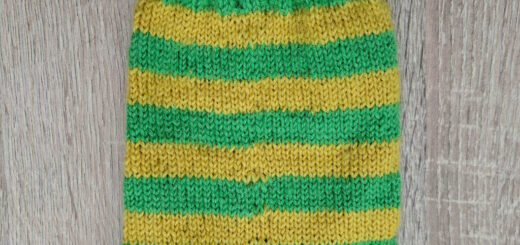
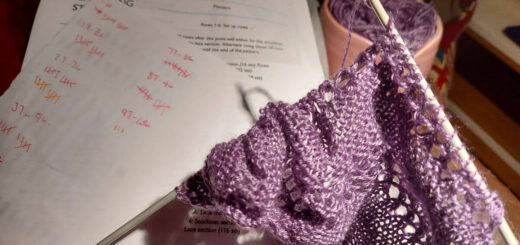
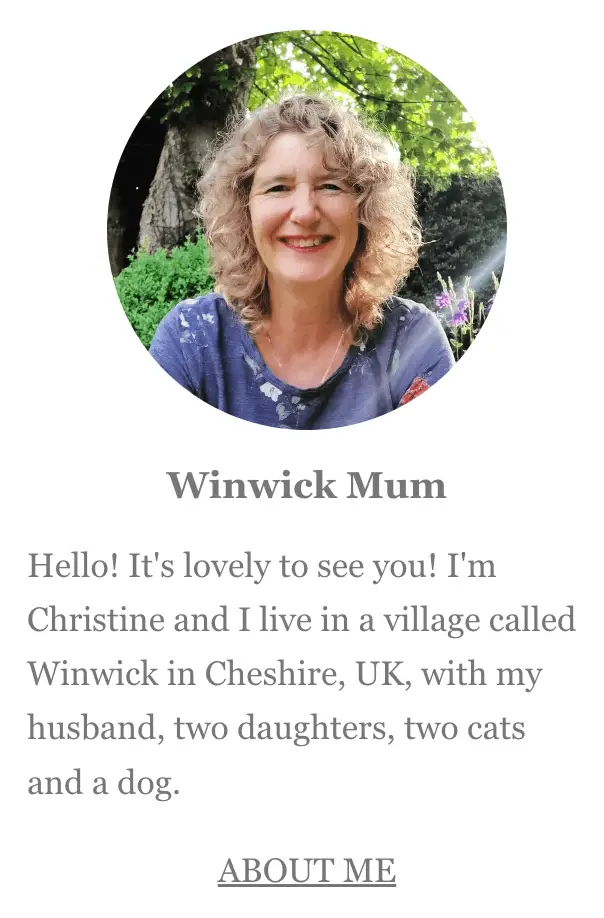

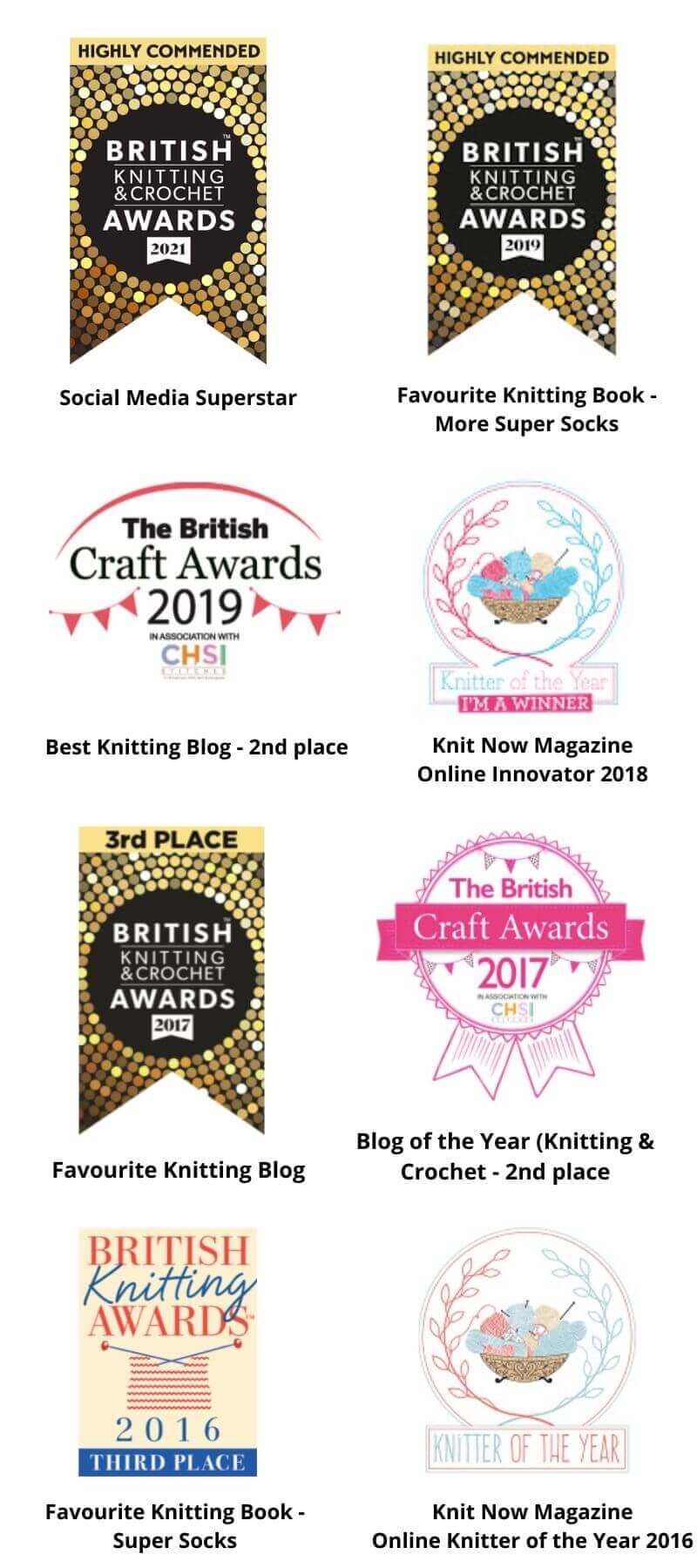

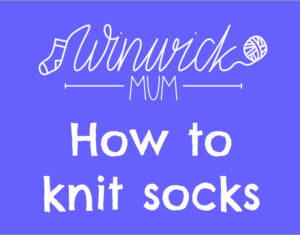

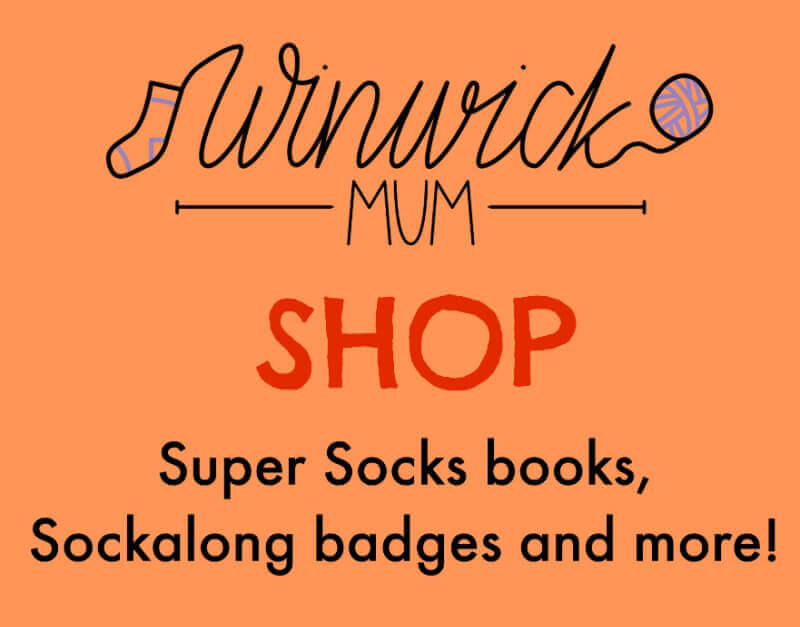
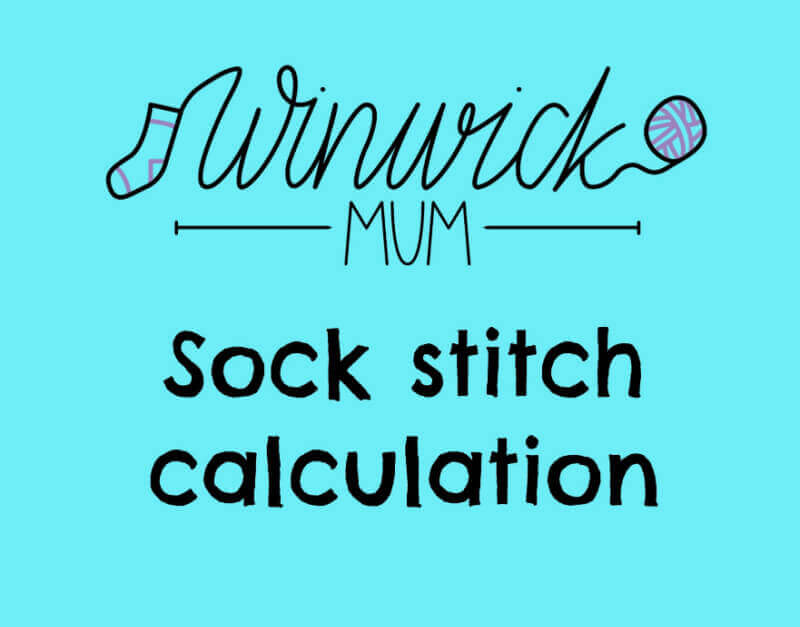
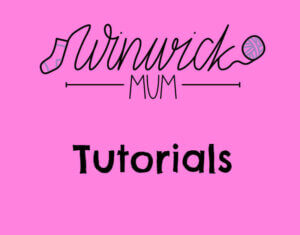
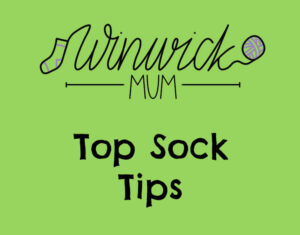
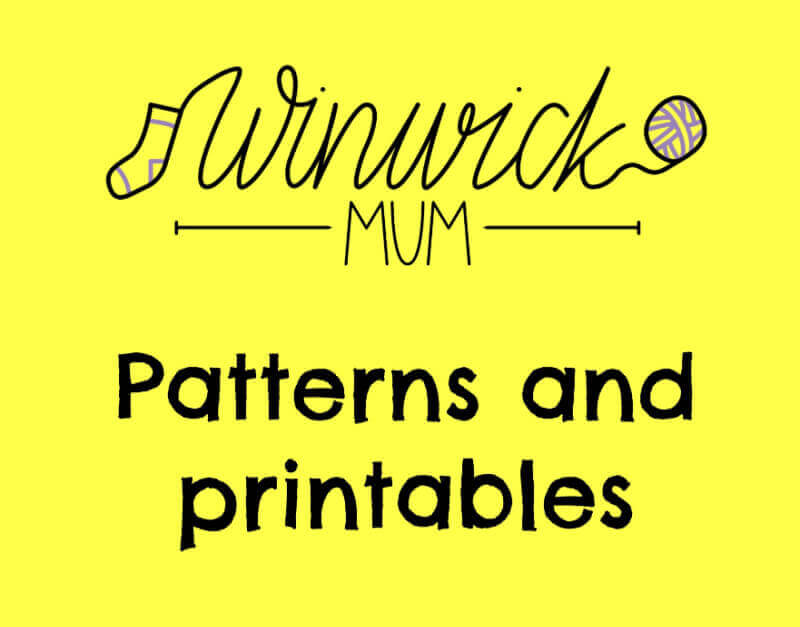
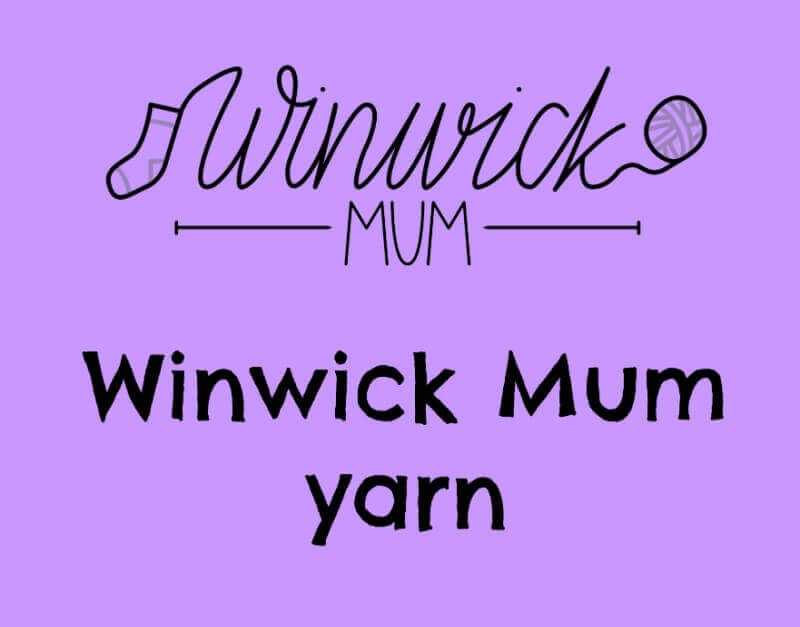
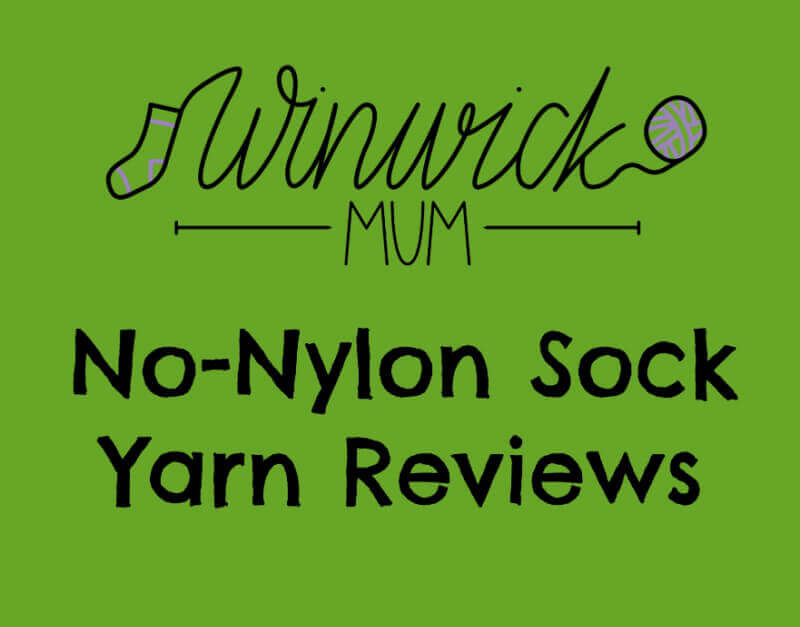
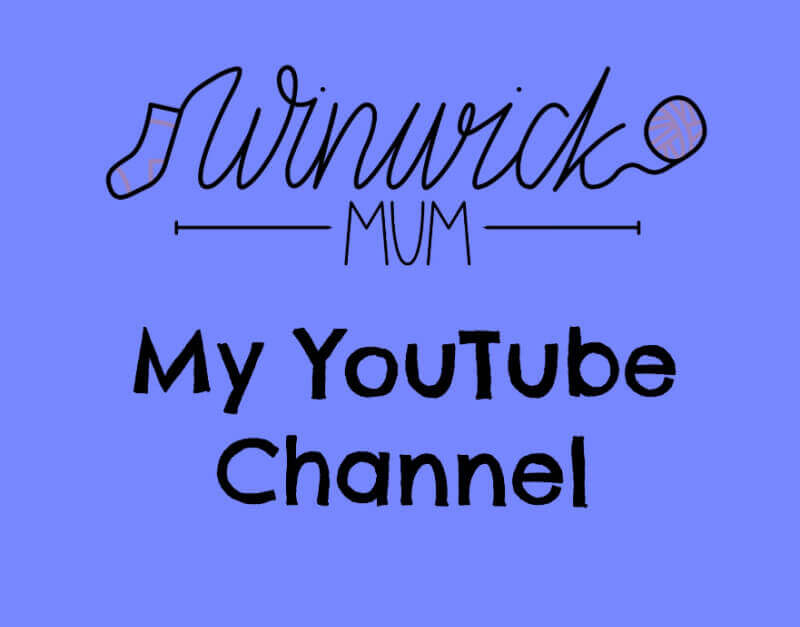
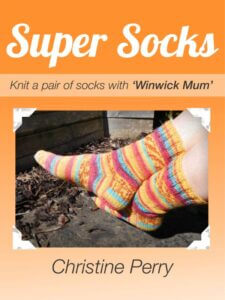
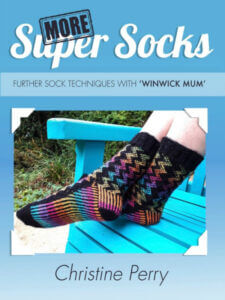
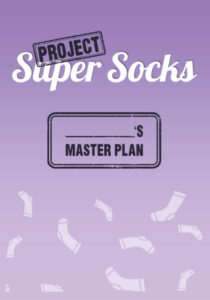
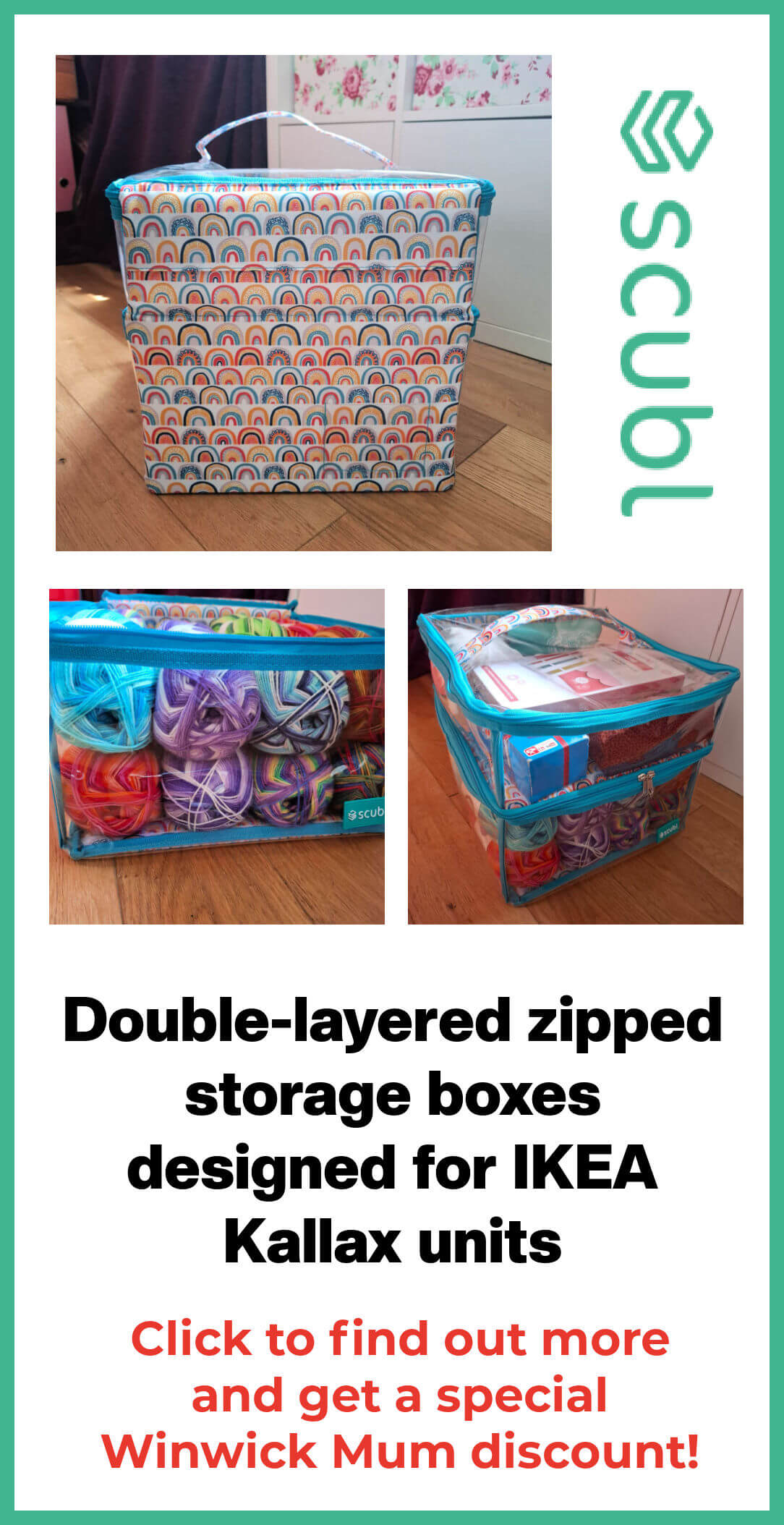
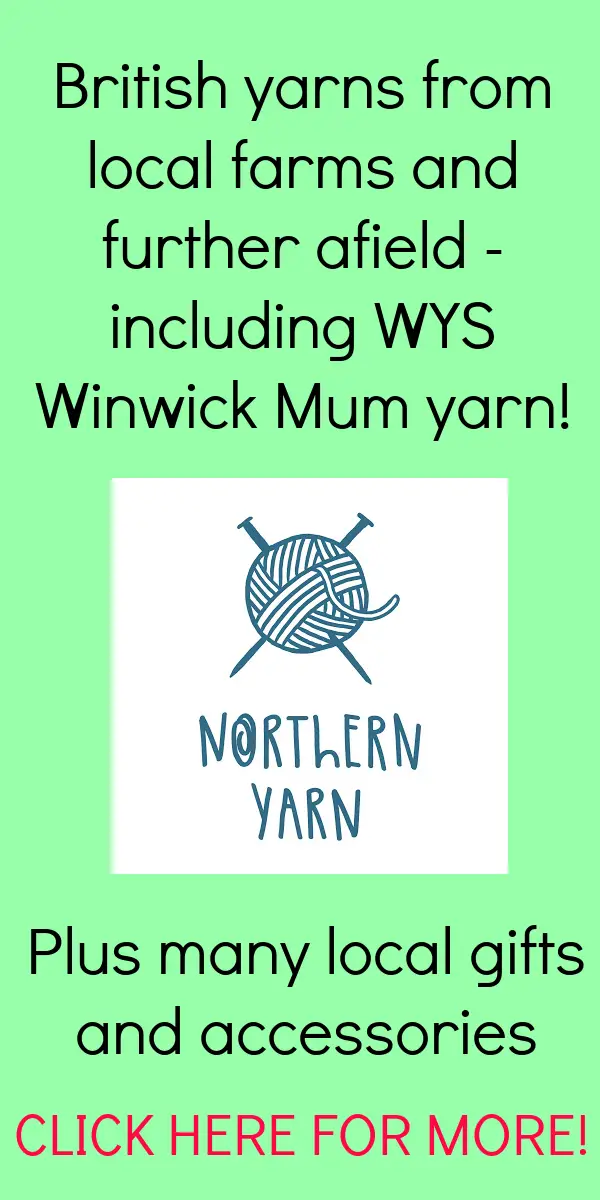

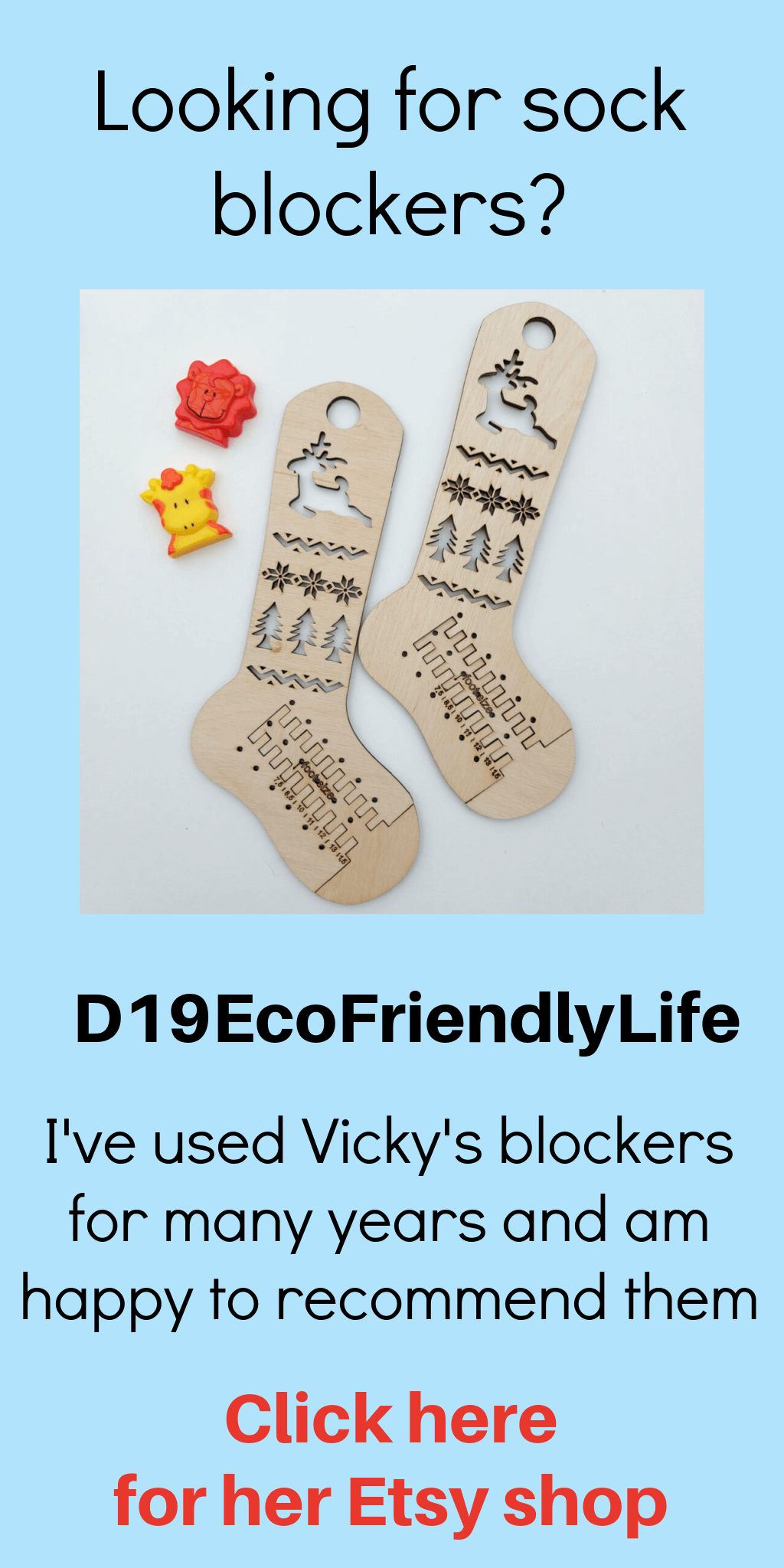
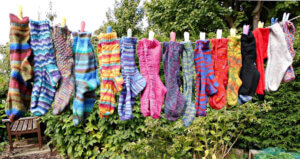
Thank you for an excellent report on a company that is making its mark in the UK knitting industry. I discovered them only a few years ago. Do they do group visits, do you know? It would be good to take my knitting group round their mill.
Thank you Melinda, I'm glad you enjoyed reading it! I don't know if they do general visits; a lot of what I saw was commercially sensitive and I worked very closely with West Yorkshire Spinners to write the blog post. It might be worth keeping an eye on their social media and website in case they ever do xx
Oh what a fun day you had, I have a ball of wys ready to make socks with, I shall appreciate the process of how its made when I knit x
I definitely think it makes a difference knowing how the ball of yarn got into your hands! xx
WYS signature definitely passes my "squeeze" test as per your advice!
It's even better when it's washed, too! 🙂 xx
What a fascinating post! Thank you so much – I had no idea what the process is to turn wool into yarn so I really enjoyed reading this. I'm planning to plunge into sock making (with your book and tutorials) this winter. I'm looking forward to it and hope I can find WYS yarn in the US.
If you have a look at their list of stockists (the link is towards the start of the post) then you'll see that there is an outlet in the US so you should be able to get hold of some. Thank you for buying the book too, do let me know how you get on! xx
Absolutely fascinating! I've just started knitting socks because I found you on the Internet. Will look out for this sock wool on my travels. Thanks for writing this post.
That's lovely to hear Shirley, thank you! Yes, do look out for the yarn, you won't be disappointed! xx
I really enjoyed this as WYS sock wool is a favourite of mine. I've knitted several of the "Birds" colours and I love them. I've just discovered their DK now too, for thicker boot socks and its just as gorgeous.
You could knit a fair few pairs of socks in WYS yarns before you needed to use another brand, I would say! 🙂 xx
I thought I'd just skim through this….wrong. I started reading and it was fascinating. What a great company and what beautiful yarn. I have quite a bit that is just patiently waiting for me to get to it. If only I could knit faster…. Thank you for a great article!
I'm not always very good at writing "skim through" blog posts – I've got too much to say for myself! I'm glad you enjoyed it though, it was a fascinating day so I'm pleased that I've managed to convey some of that through the post 🙂 xx
I really enjoyed reading this and was excited to discover a WYS stockist in my home town. I am very much looking forward to buying some Rum Cocktail sock yarn and knitting a rainbow for my feet. My handknit socks in a profusion of colours cheer me up every morning when I put them on.
There's such a range of colours and patterns in sock yarn, isn't there? They are definitely happy socks to put on your feet! xx
Thank you Christine for a fascinating post. It is great to learn that British wool and its processing into yarn is making a come back. I grew up near Keighley and saw the demise of many wooden mills in the area in the 1970's and 80's. It is wonderful that people like Peter, Richard and Emma are creating great British wool in Airedale again. Think I may have to add a few more balls of WYS to my stash – just to support them of course!
What I like is that although many mills did disappear, the ones that are returning are now thinking seriously about the sustainability and provenance of their yarns and about what their customers are going to want to buy. Of the few mills that I've learnt about recently, that has been a common theme and I am sure it's going to be fundamental in keeping yarn spinning firmly as part of our manufacturing base for the future xx
Do you remember the " through the window" section of Playschool? Where they would show you things like this tour. Well it was always my favourite bit so thoroughly enjoyed this post. Thank you.
Oh yes! I'd completely forgotten about that! I'm happy to have brought you a good memory! xx
My gorgeous Scottish friend Anne bought me a ball of the bottom right yarn and I've knitted that into socks – and they're gorgeous. Lovely yarn to use and so comfy to wear. Thanks for the tour – great to see where/how my new socks came from.
That's the one I'm using for my Yarndale socks this year – those orange stripes are great, aren't they? xx
After reading your great post about WYS is went out and bought some of their lovely sock yarn. I am casting on tonight! Definitely inspired,
Keep knitting
Bongp
Ooh, fabulous! You're not going to be disappointed, it's lovely yarn to knit with 🙂 xx
Thank you Christine, I always enjoy your posts and musings but this is my favourite yet. A combination of WYS colour, texture and pattern plus fabulous machinery (I love watching 'How it's made' on TV). I'm now fired up to start sock knitting, using your tutorial of course and going out now to find some WYS yarn, hopefully Rum Paradise. I wish Peter, Richard and Emma every success in business. This was a fascinating insight. Thank you.
That's lovely to hear, thank you Julia! Good luck with your sock knitting – don't forget to shout if you need help and of course there's our lovely Facebook group too where there's always someone around for support and encouragement xx
What an exciting blog post! I've been using my first ball of WYS signature 4 ply for my second pair of socks and it's absolutely wonderful! I hadn't realised what a great company I was supporting – I'll have to buy those other colourways on my wishlist! xx
It is lovely yarn to knit with, isn't it? I don't think you can go wrong with any of the colourways! xx
Its a real shame WYS don't make it anymore. I have had some previously and would love to buy some more. Anyone, anywhere still got some?? Many thanks. Kate
Do you mean the Aire Valley DK? That's the only one that's been discontinued and the Colour Lab is the new DK yarn. You could try an internet search or see if anyone had any to see on Ravelry (if you can use the site) xx